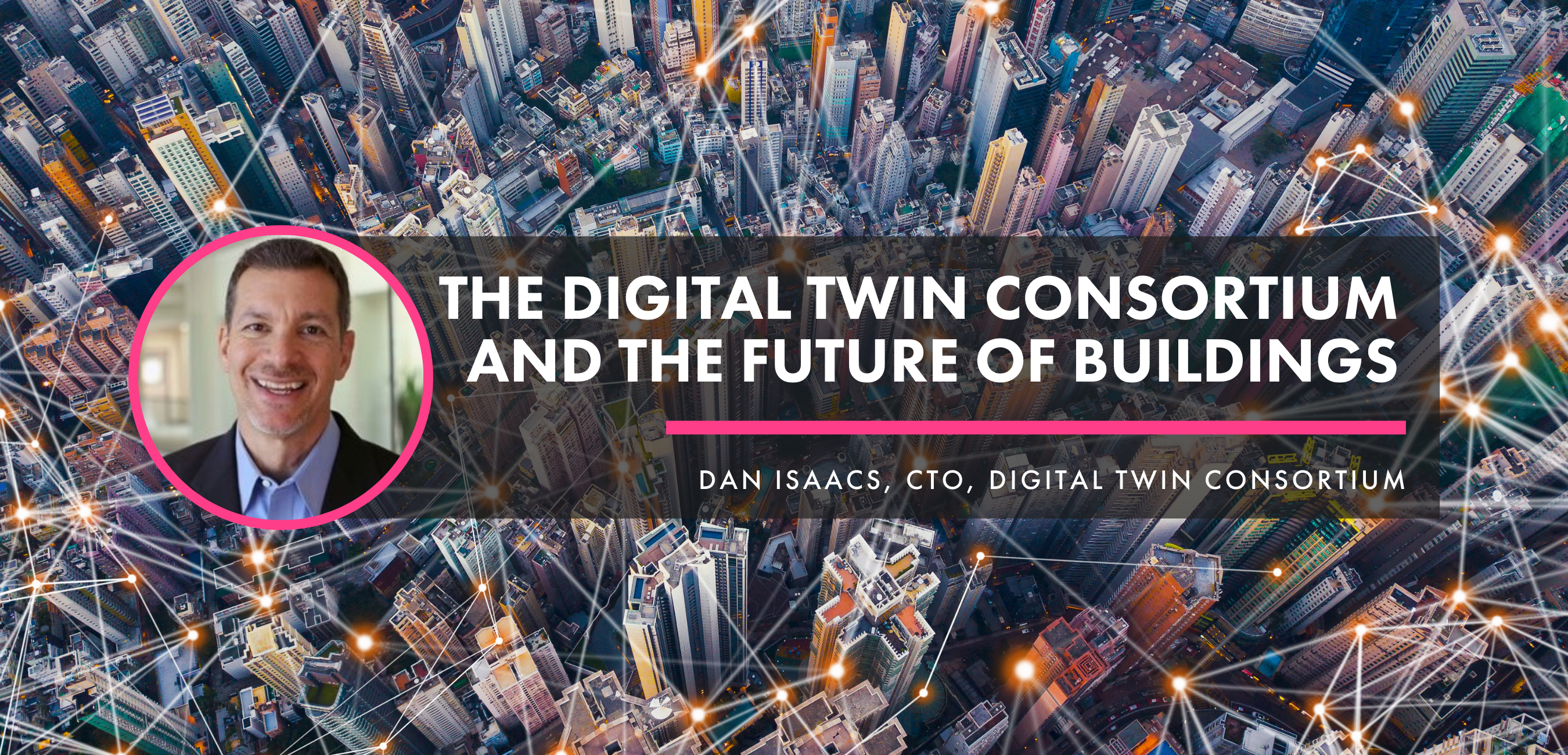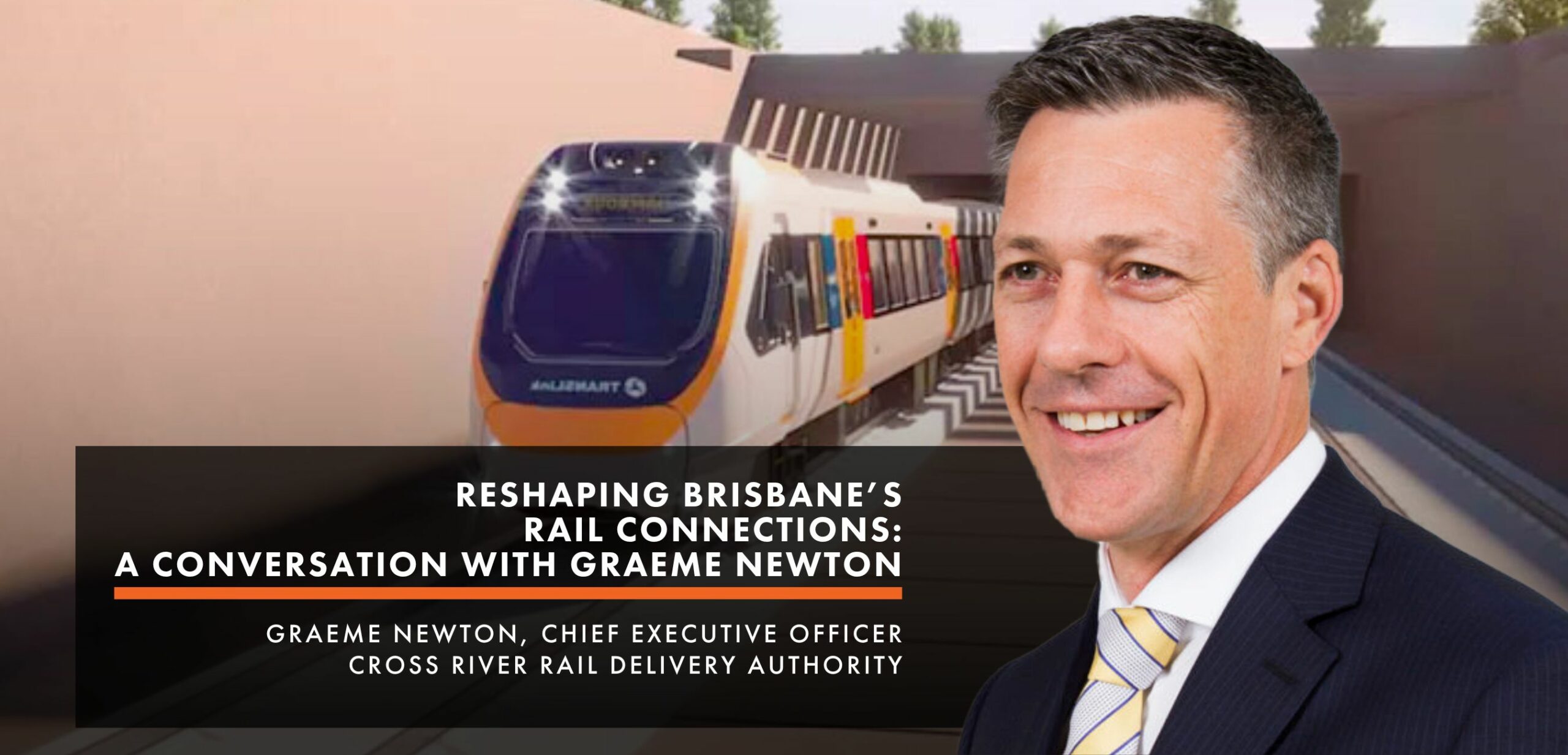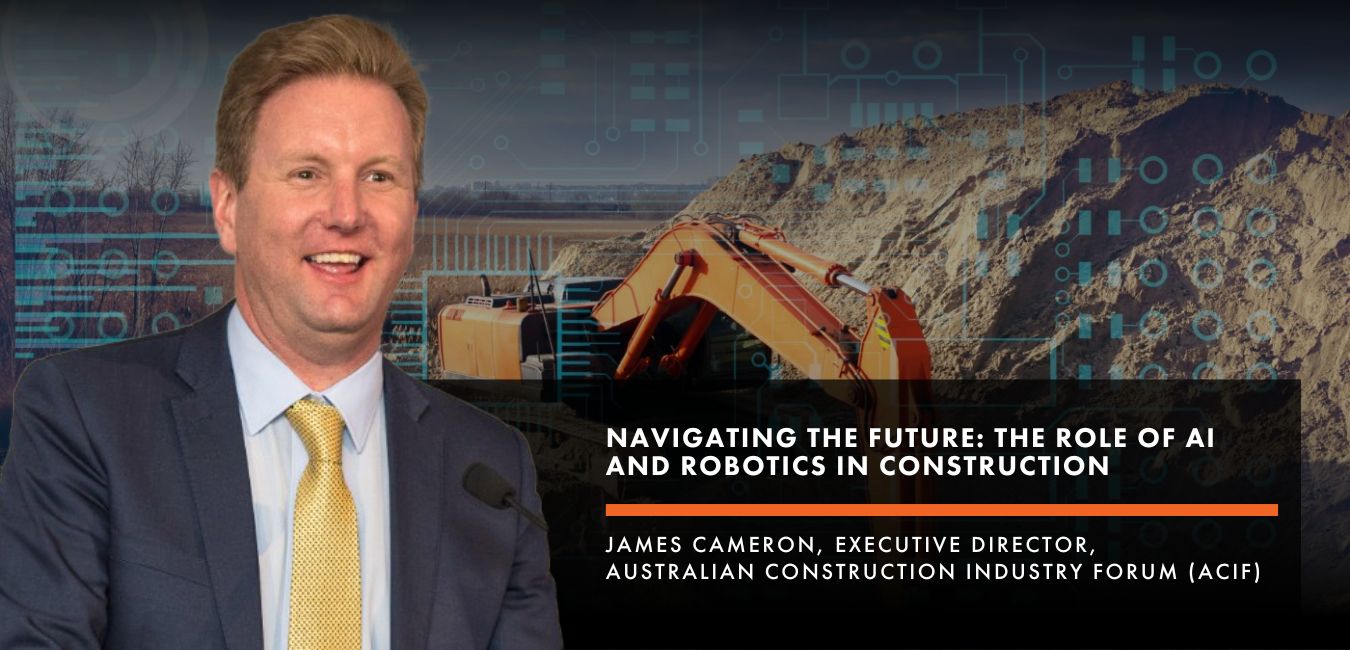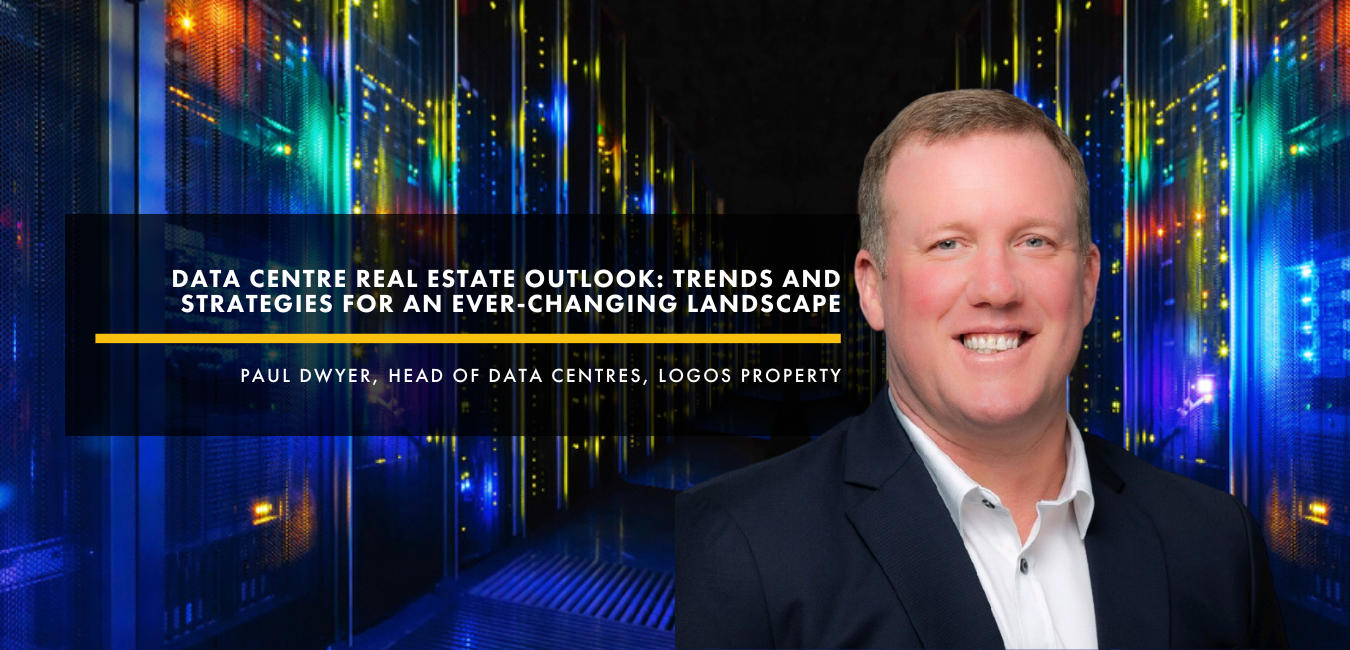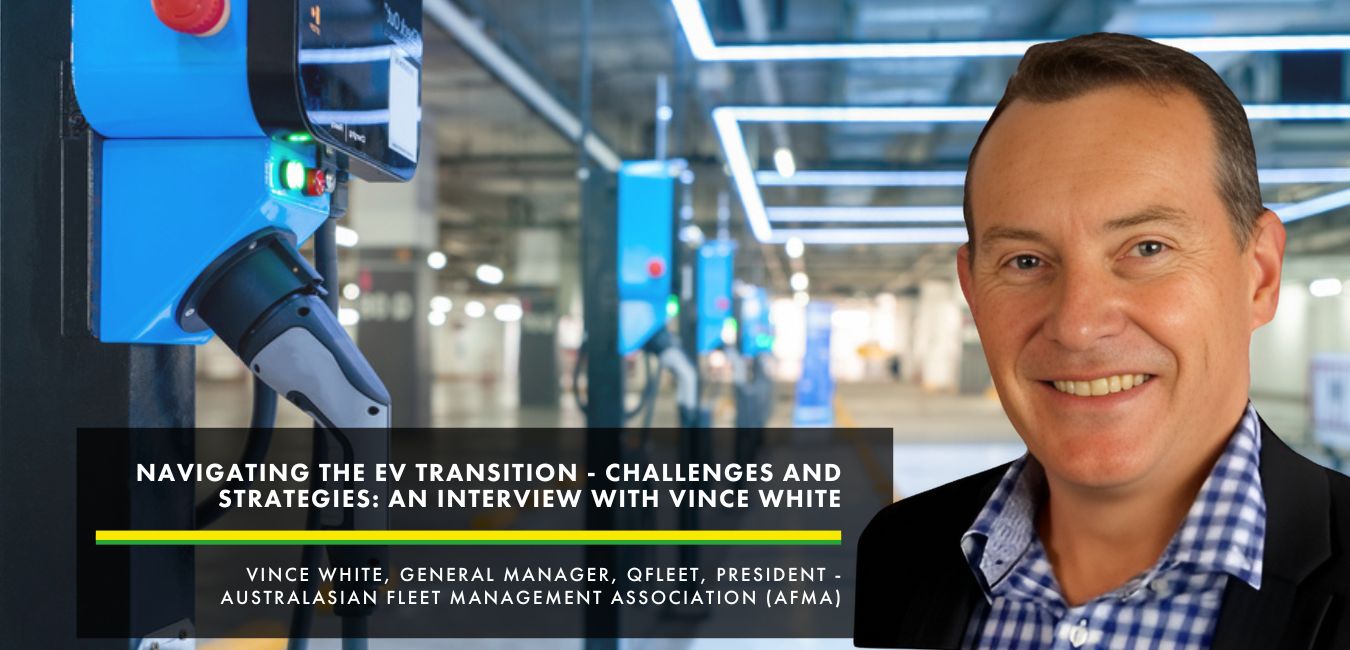The Digital Twin Consortium and the Future of Buildings.
Digital Twins are not an empty buzzword but an important way that many industries can evolve to their higher potentials. We sat with Dan Isaacs, CTO of the Digital Twin Consortium, to talk about the organization as well as the future of digital twins. You’re probably more aware of them than you think but you may not be aware of what’s in their immediate future! Check out our interview below.
FuturePlace: Can you tell me about the Digital Twin Consortium?
Dan Isaacs: If you look at where digital twins were just a couple of years ago and where they’re forecasted to go in the not-too-distant future, it’s incredible. It’s a testament to the fact that the digital twin is a key enabler to digital transformation. Yet, how do we increase the awareness and drive the adoption of digital twins? The Digital Twin Consortium’s goal is to become the authoritative voice as it relates to the overall development of digital twin and enabling technologies. We’ll be releasing a reference library in the coming months that will include use cases for buildings as batteries, carbon footprint reduction for commercial real estate, and other infrastructure and related areas. This technology showcase will provide examples of the transformative business outcomes that can be realized across the digital twin’s different lifecycle phases.
FP: That sounds like a fantastic source of open research.
DI: Exactly. Along similar lines, we have already established an Open Source Collaboration Community on GitHub to help drive innovation forward. This approach has already led to assessment and defining requirements relative to additional open-source project opportunities and standards. The consortium does not establish standards, since we are not an SDO, but we leverage our relationships with standards bodies to ensure requirements are known and can be incorporated. We started with over 50 members and have steadily increased both our Steering Committee size and our overall membership.
Our Steering Committee, growing from four founders to now nine includes Microsoft, Dell, Lendlease, Ansys, GE, Autodesk, Bentley Systems, Johnson Controls, and Northrop Grumman. This collective expertise represents an incredible breadth and depth of Digital Twin knowledge, bringing Digital Twin enabling technologies and methodologies forward to realize the advantages, benefits, productivity, enhancements, and efficiencies. For some industries, the adoption of advances in digital twin enabling technology has been relatively slow, but now digital twins have catapulted virtually every major industry forward to being able to recognize the value in new and unique ways, where they’re now able to do what they couldn’t do in the past. With our second anniversary coming this May, we continue to see our membership grow. We have over 250 members and counting, with new members joining practically every week.
FP: Who determines the initiatives for the Digital Twin Consortium?
DI: We’re a member-driven organization where all of our working groups are approved by our steering committee. As we continue to grow, our original Steering Committee-led working groups are now co-chaired by members that are innovators in their respective industries providing their expertise and knowledge. Our newest working group, which we will be announcing soon is our Academia and Research, working group. This idea was brought up by several different members with close ties to universities. They wanted to start looking at course work, establish programs, and develop digital twin pilot research programs. In addition to our working groups, we continue to expand our ecosystem through member-proposed liaisons with organizations and associations of communities of like interest and Regional Branch Organizers. As a result, you can see the expansion our Consortium and it’s pretty incredible what’s going on. By the end of this year, the goal is to have virtually every major continent represented through the Digital Twin Consortium. We’re well on our way to accomplishing this goal with new companies, Universities, and associations being proposed and as a result reaching out to us to become involved.
FP: What type of data is most valuable in digital twins?
DI: It really comes down to being able to take historical data and combine it with the “real time” data. The real time data gives you the situational awareness and event intelligence, where combined provides the ability to simulate and predict the future. The chair of our steering committee, William Ruh, CEO of Lendlease Digital, describes a digital twin as basically providing you a crystal ball. With a holistic view, you can have a much higher level of confidence in the validity of predictions for evaluating future scenario outcomes well in advance to make faster, more informed decisions.
FP: How do you explain what a digital twin is to someone outside of CRE or the building space?
DI: I would start with the DTC consensus definition with the 3 pillars as publicly released on December 3, 2020, to establish a foundation for future progress. A digital twin is a virtual representation of real-world entities and processes, synchronized at a specified frequency and fidelity. There are three pillars to this:
- Digital twin systems transform business by accelerating holistic understanding, optimal decision-making, and effective action.
- Digital twins use real-time and historical data to represent the past and present and simulate predicted futures.
- Digital twins are motivated by outcomes, tailored to use cases, powered by integration, built on data, guided by domain knowledge, and implemented in IT/OT systems.
FP: What’s an example of a digital twin that people often forget about?
DI: Tesla’s Electric vehicles. Many people don’t realize that every Tesla vehicle has a digital twin with a unique identifier that has data continuously fed back to it. You may remember that people were breaking windows and vandalizing Teslas. What some people didn’t realize was that cameras were active even when the vehicles were parked, the use of the cameras and associated app and program alert (Sentry Mode) has led to several arrests.
Sensors from hundreds of thousands of cars on the road continuously stream data to each car’s Digital Twin, updating with the latest information for analysis and continuous improvement were identified in the factory, where AI interprets the data and determines whether a car is operating as intended or if it needs maintenance updates. For many maintenance issues, Tesla’s software integrations are so thorough that problems can be fixed with software updates—for instance, adjusting the hydraulics to compensate for a rattling door. By merging AI and IoT, Tesla can constantly learn from the real world and optimize each of its cars individually. Tesla is a great model for what is possible when a digital-twin approach is baked into product development and manufacturing.
Having access to that data, being able to visualize it and know instantaneously creates opportunity. You have not only situational awareness, but you have event intelligence. That’s an example of how a digital twin can leverage the real world and, through analysis of the data, can gain actionable insight and create value.
FP: Who should be interested in creating a digital twin of their asset?
DI: Everyone and anyone, the more people do and share their experiences the more we all learn and can benefit.
FP: How can digital twins help the climate crisis?
DI: Take the Rainforest Trust example from one of our members, Slingshot Simulation. There the digital twin approach made it possible to quickly bring together vast amounts of data around deforestation and enable their conservation scientists to make very quick decisions to prevent further destruction. These systems can enable a holistic understanding of the world we live in and, through this awareness, bring people together to build a more sustainable and better future.
FP: Where do you see digital twins in five years?
DI: The expectation is there will be a consolidation of many technology providers and also a cross-over with concepts such as the metaverse, data-verse, omniverse, and X-verse extending beyond visualization as already being seen with the interactions in virtual realms. This will grow into leveraging AI/ML to move to autonomous control/management with digital twins interacting as a system of systems without any human intervention. Beyond buildings, another trend in the evolution of digital twins is in healthcare and life sciences where we can achieve a “real time” digital twin of the self. In fact, it was recently published that digital twins can provide a paradigm shift in precision care for cancer and will continue to evolve and be used to address a host of other diseases and other healthcare-related issues.
Digital Built World Summit
Dan Isaacs will be speaking at the Digital Built World Summit, taking place on 23-24 May 2022. Being organised with the support of the global Digital Twin Consortium, the Digital Built World Summit is Asia-Pacific’s premier event for executives in the AEC, Smart City, Construction and Infrastructure space focused on improving digital business outcomes, including strategic innovation, connected assets, sustainable construction, user experience, and optimisation of capital planning for large assets.

